Archeology has been teased for quite a while since the 1.17 update back in 2020. It was supposed to be part of the Caves and Cliff/Deep Dark update (which has an underground theme), but due to the size of the patch, Archeology was pushed back over and over again.
However, looks like it is finally time for the feature to come out. The 1.20 patch, on top of having big releases like Camels, armor trims and Sniffer, is also going to have Archeology.
In this article, Gurugamer is going to showcase everything revealed so far about Archeology in Minecraft 1.20.
New 'suspicious sand' block
The 1.20 update is going to add a new block called 'suspicious sand'. It is going to be part of the desert biome, particularly near the desert temple spawns. Unlike the usual block, players need to gather suspicious sand with a shovel instead of a pickaxe.
Once the sand block is acquired, players need to use a new tool - the brush - to break it and extract the item hidden within. Apparently, the spawn is going to be random - one can get anything from pottery shards to random objects. Needless to say, breaking the block with any other tool would just destroy the item hidden inside.
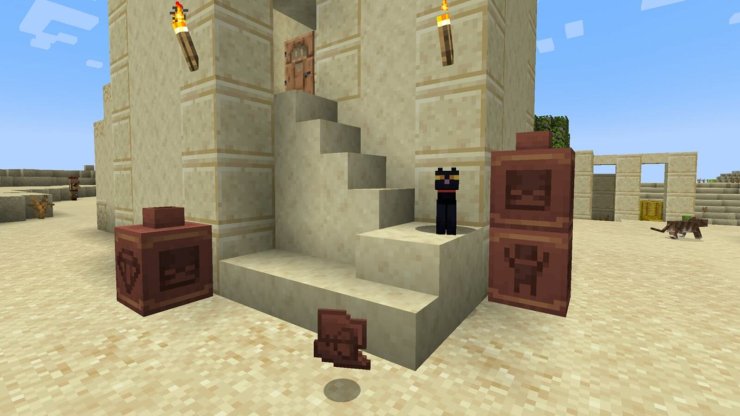
Apparently, each pottery shard is going to have a partial pattern painted on it - players can create a unique pot after gathering 4 of the shards. There are different patterns that tell unique stories and make for very decorative accents in your builds.
How useful will Archeology be?
Archeology would be a good addition to the desert biome overall. Previously, the biome was somewhat barren, lacking a lot of resources and things to interact with.
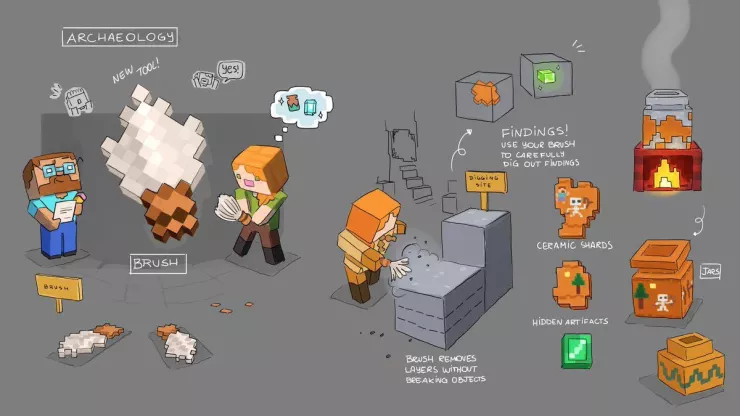
The random drops from suspicious sand can be useful in augmenting the lackluster drops from a desert temple.
Other notable features to be added in 1.20
New Sniffer mob
The mob is completely friendly. While players can't tame sniffers, they can use them to search for seeds in the area. Players can quickly use the seeds these sniffers found to grow plants. The developers have already confirmed that ancient plants won't have any use in the game other than decoration.
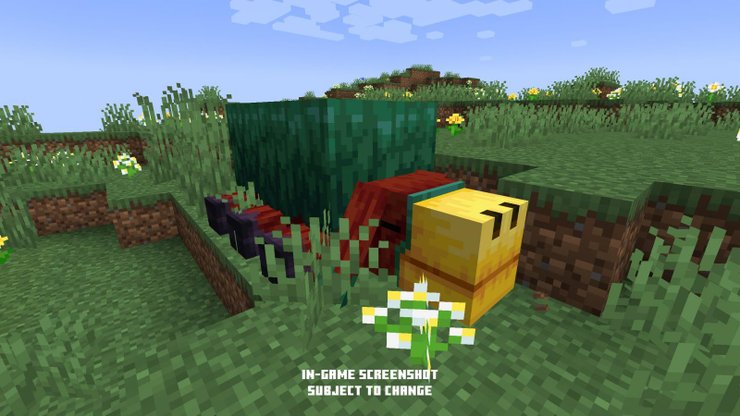
New Camel mob
As expected, camels will only spawn in desert biomes naturally. They are going to be the largest ridable mob in the game - by riding it, you are pretty much immune from hostile mobs, even at night time. A tamed camel can carry two players at the same time - players can tame and breed them with cacti, creating a baby camel.
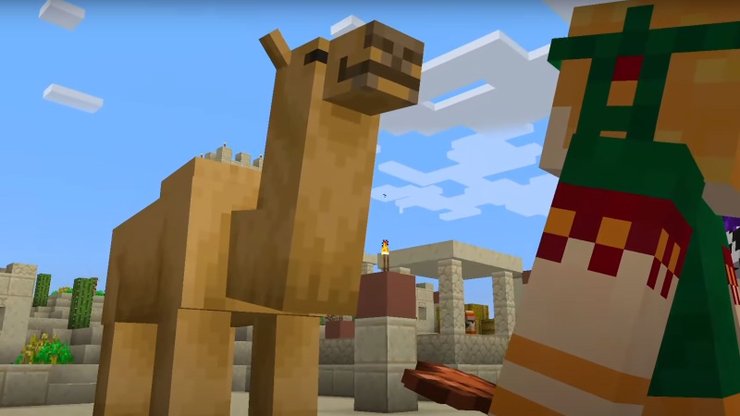
Mob heads sound
With the release of Minecraft 1.20, Mojang is introducing a new mechanic that lets you place mob heads on note blocks to play ambient mob sounds.
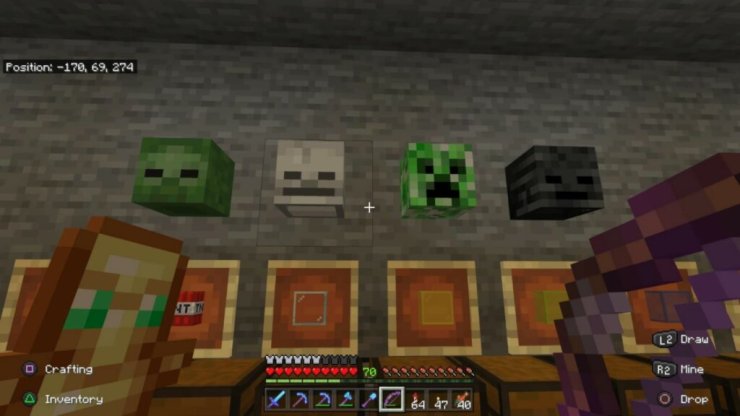
New skins
In order to bring natural diversity and representation to the game, Minecraft has added 7 new default character skins. They will be featured in the upcoming 1.20 patch and used in future official videos and trailers.
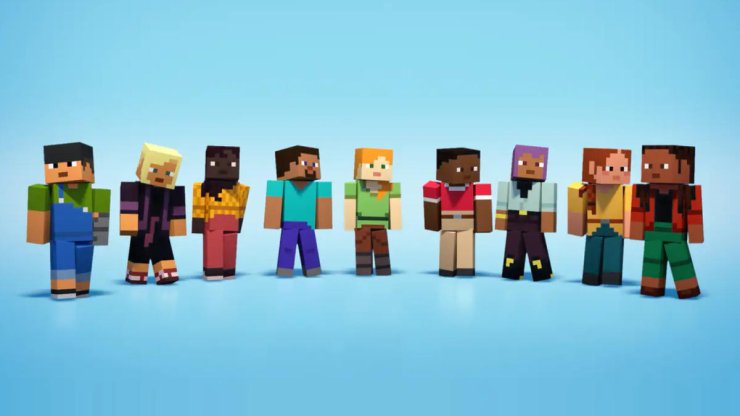
Three of those new skins are Sunny, Efe, and Noor, who first debuted in trailers for Minecraft: The Wild Update. The other new skins are Makena, Kai, Ari, and Zuri. They'll all be available through the Minecraft Launcher and Dressing Room.
Bamboo Wood and Rafts
Mojang revealed that players will soon be able to use bamboo to craft another new variant of wood. It is going to have all the functions a normal wood block has. Players can use bamboo wood to craft bamboo planks, blocks, and more.
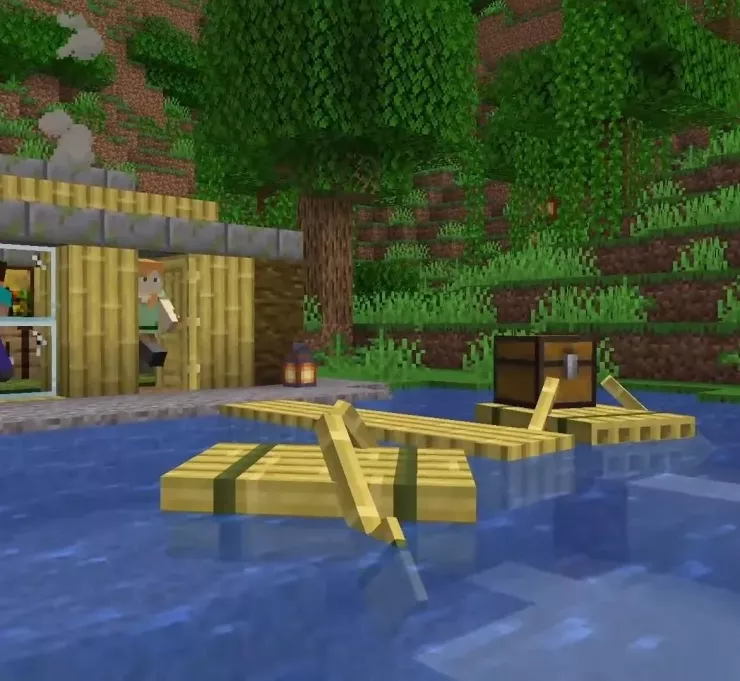
Chiseled Bookshelf
It looks like Minecraft is finally getting functional bookshelves that can actually store books. After crafting a chiseled bookshelf, you can store regular and enchanted books in them.
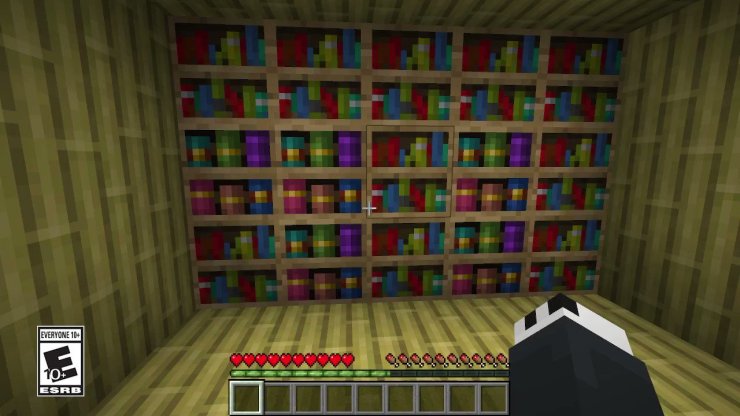
Hanging Signs
Hanging signs are a new variant of signs that can be crafted using chains and signs. You can place them anywhere, even on the side and bottom of a block. This gives players more options for decoration.
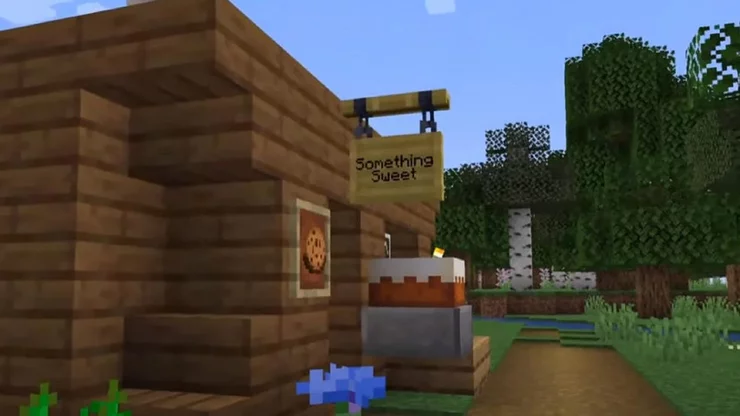
Bundle storage mechanic
A bundle adds 64 stackable slots for stackable items and a new single slot for non-stackable items. However, the size of the item inside the bundle is based on its stack size. An item with max stack 16 will take 4 slots while an item with max stack 64 will take 1 slot.




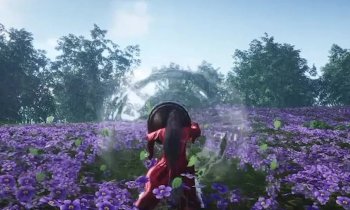






Comments